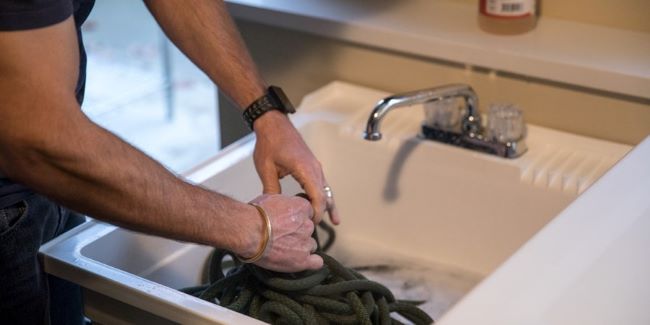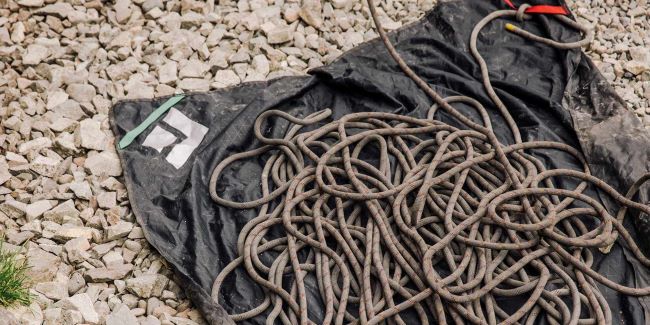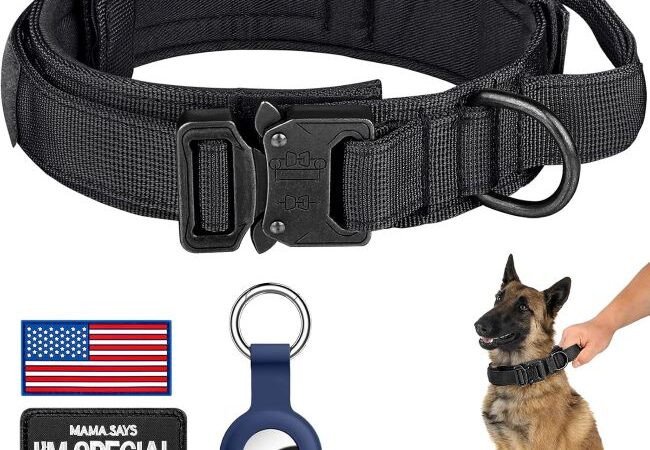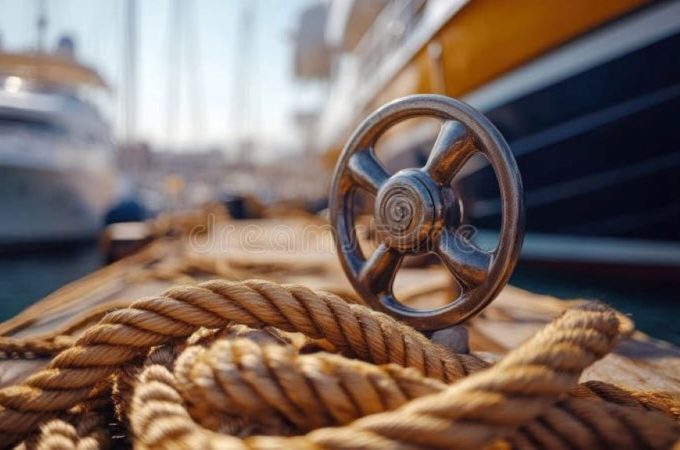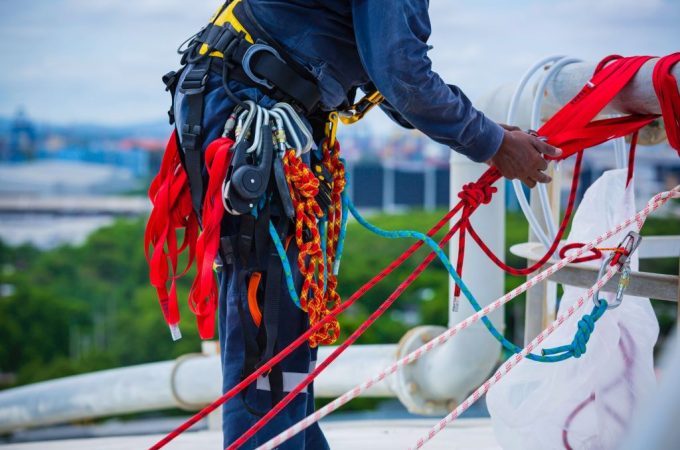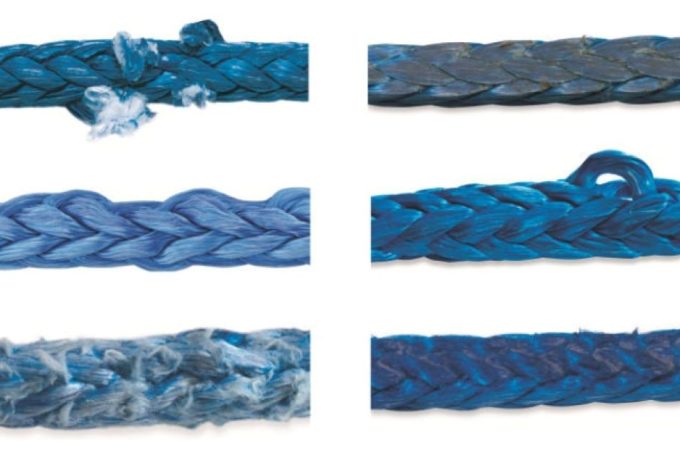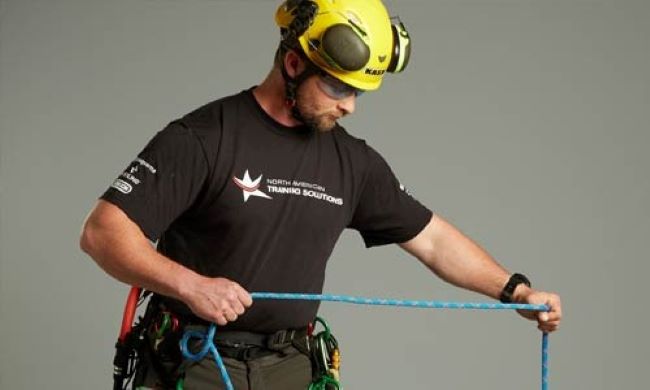
Fishing Line or Lifeline? Proper Rope Care for Daily Use
Imagine casting your line into a serene lake, only for it to snap, losing your prize catch. Fishing line, often a lifeline in survival scenarios, demands proper care to perform reliably. Whether angling for bass or securing a tarp in the wilderness, ropes and lines endure intense stress. Neglecting them risks failure when it matters most. This article explores essential rope care practices, blending expert insights, statistics, and practical solutions to ensure your fishing line or lifeline remains dependable. From abrasion resistance to UV protection, discover how to maintain these critical tools for daily use.
Contents at a Glance
ToggleWhy Rope Care Matters for Fishing and Survival
Fishing lines and ropes serve as critical connectors, tethering you to your catch or securing vital gear. A 2023 study by the Outdoor Industry Association found that 60% of anglers experienced equipment failure due to poor maintenance, with fishing lines topping the list. Proper care extends line longevity, saving money and preventing mishaps. For survivalists, a strong rope can mean shelter or safety. Neglecting maintenance leads to weakened fibers, reducing tensile strength. Regularly inspecting and cleaning your lines ensures they withstand harsh conditions, whether battling a fish or weathering a storm.
Understanding Fishing Line Types and Their Needs
Fishing lines come in three main types: monofilament, fluorocarbon, and braided. Each requires specific care to maintain performance. Monofilament, made of nylon, offers stretch but degrades under UV light, losing 20% strength annually if not stored properly, per a 2021 Kayak Angler report. Fluorocarbon resists UV better but demands knot checks due to its stiffness. Braided lines, with high strength-to-diameter ratios, fray under abrasion, as noted in a 2022 Reddit post by an experienced angler. Tailoring care to each type—cleaning, storage, and inspection—prevents unexpected failures during use.
Daily Maintenance Tips for Fishing Lines
Daily care keeps fishing lines in top shape. Rinse lines with fresh water after each trip to remove salt or debris, which can weaken fibers by 15% over time, according to a 2025 Sport Fishing Mag study. Dry lines thoroughly to prevent mold, especially for monofilament. Check for nicks or frays, cutting damaged sections to maintain strength. For braided lines, use your thumb to add tension when spooling to avoid tangles, a tip from seasoned anglers. These small habits preserve line integrity, ensuring reliability whether fishing or rigging survival gear.
Storage Solutions to Extend Rope Lifespan
Proper storage shields ropes from environmental damage. UV exposure can degrade nylon lines by 30% in a year, per a 2020 Varivas study. Store lines in a cool, dark place, ideally in light-blocking bags or cases. Avoid coiling tightly, as this stresses fibers, especially in fluorocarbons. Use loose loops or dedicated reels to maintain shape. For survival ropes, keep them dry to prevent rot, as damp conditions can reduce strength by 10% in weeks. These steps ensure your fishing line or lifeline remains ready for action.
Handling Abrasion and Wear in Harsh Environments
Abrasion poses a significant threat to ropes, particularly braided lines. A 2022 Reddit post highlighted how a single cut in an 8-strand braid can unravel its structure, slashing strength exponentially. Coral reefs or rocky terrains amplify this risk. Inspect lines after each use, trimming frayed sections. For survival ropes, avoid dragging across rough surfaces. Apply protective coatings, like those from Berkley, to boost abrasion resistance. These measures, backed by field tests, extend rope life by up to 25%, ensuring durability in demanding conditions.
UV Protection Strategies for Longevity
Sunlight degrades fishing lines and ropes, especially nylon-based ones. A 2024 Reaction Tackle guide notes that UV exposure weakens monofilament faster than fluorocarbon or braided lines. Use UV-resistant sprays or store lines in opaque containers to block light. For survival ropes, choose polyethylene-based options, which resist UV better than nylon, per a 2019 Van Isle Marina report. Regularly rotate stored lines to avoid prolonged exposure. These strategies preserve strength, ensuring your lifeline holds firm under pressure.
Knot Care and Strength Maintenance
Knots are the weakest link in any rope system. A 2023 AnyCreek study found that improper knots reduce line strength by up to 40%. Practice reliable knots like the FG for braided lines or the Palomar for monofilament. Check knots before each use, as abrasion or stress can loosen them. For survival ropes, test knots under light loads to ensure security. Regular knot maintenance, paired with proper tying techniques, boosts reliability, whether landing a fish or securing a shelter.
Environmental Responsibility in Rope Care
Discarded fishing lines harm ecosystems, entangling wildlife and persisting for centuries, per a 2022 Baitium report. Recycle monofilament at dedicated bins, available at 70% of U.S. fishing spots, according to the American Sportfishing Association. For survival ropes, cut and dispose of damaged sections properly to avoid environmental impact. Clean lines with biodegradable soaps to minimize chemical runoff. These practices protect nature while maintaining your fishing line or lifeline, aligning with responsible outdoor ethics.
When to Replace Your Fishing Line or Rope
Knowing when to replace ropes prevents disasters. Monofilament needs annual replacement due to UV and wear, while fluorocarbon leaders require checks after each trip, per a 2021 Kayak Angler guide. Braided lines last years but need trimming if faded or frayed. Survival ropes showing visible wear or reduced elasticity—often after 6 months of heavy use—should be retired. Regular inspections, guided by manufacturer recommendations, ensure your lines remain trustworthy for fishing or emergencies.
Balancing Cost and Quality in Rope Care
High-quality lines cost more but save money long-term. A 2025 Outdoor Gear Lab test showed premium fluorocarbon lasts 30% longer than budget options. Invest in reputable brands like Berkley or Varivas for durability. However, proper care—like rinsing and storing correctly—extends even budget lines’ lifespan by 20%, per angler forums. For survivalists, prioritize strength over cost, as a failed rope risks safety. Balancing quality purchases with diligent maintenance optimizes performance without breaking the bank.
Featured Snippet: Why Is Proper Rope Care Essential for Fishing and Survival?
Proper rope care ensures fishing lines and survival ropes remain reliable. Rinse lines after use to remove salt, which degrades fibers by 15% over time. Store in dark, dry places to block UV rays, which weaken nylon by 30% annually. Inspect for frays, as a single cut in braided lines can unravel strength. Use UV-resistant sprays and recycle responsibly to protect ecosystems. Regular care extends line life by 25%, per field tests, ensuring your fishing line or lifeline performs when it counts.
FAQs on Fishing Line or Lifeline Care
- How often should I clean my fishing line?
Rinse after every trip to remove salt and debris, preserving strength.
- Can I use the same care for all fishing lines?
No, monofilament, fluorocarbon, and braided lines need specific care due to material differences.
- How do I store ropes to avoid UV damage?
Keep in opaque bags or dark containers to block sunlight, especially for nylon.
- What knots work best for braided lines?
The FG knot offers superior strength and reliability for braided lines.
- How long does a braided line last?
With proper care, braided lines can last years, but check for abrasion regularly.
- Where can I recycle fishing lines?
Use monofilament recycling bins at 70% of U.S. fishing spots for eco-friendly disposal.
- When should I replace survival ropes?
Replace ropes showing wear or reduced elasticity, typically after 6 months of heavy use.
Final Thought
Fishing lines and survival ropes are more than tools—they’re lifelines that demand respect and care. Proper maintenance ensures they hold strong, whether reeling in a trophy fish or securing a shelter. By rinsing, storing, and inspecting regularly, you extend their life and protect the environment. Invest time in these practices, and your ropes will reward you with reliability. Related Topics: Climbing Rope Care: Your Comprehensive Guide
Call to Action: Share your rope care tips in the comments or try these techniques on your next fishing trip. Visit Berkley Fishing for quality lines and care products to elevate your angling game!

